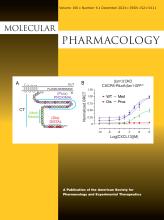Abstract
The development of vectors for drug delivery to the central nervous system (CNS) remains a major pharmaceutical challenge. Here, we have characterized the brain distribution of two monoclonal antibodies (MAbs) targeting the mouse transferrin receptor (TfR) (clones Ri7 and 8D3) compared to control IgGs after intravenous injection into mice. MAbs were fluorolabeled with either Alexa Fluor (AF) dyes 647 or 750. Intravenous injection of Ri7 or 8D3 MAb coupled with AF750 led to higher fluorescence emission in brain homogenates compared to control IgGs, indicating retention in the brain. Fluorescence microscopy analysis revealed that AF647-Ri7 signal was confined to brain cerebrovasculature, colocalizing with an antibody against collagen IV, a marker of basal lamina. Confocal microscopy analysis confirmed the delivery of injected Ri7 MAb into brain endothelial cells using the pericyte marker anti-α-smooth muscle actin (α-SMA), the endothelial marker CD31 and the collagen IV antibody. No evidence of colocalization was detected with neurons or astrocytes identified using antibodies specific for neuronal nuclei (NeuN), or glial fibrillary acidic protein (GFAP), respectively. Our data show that anti-TfR vectors injected intravenously readily accumulate into brain capillary endothelial cells, thus displaying strong drug targeting potential.
- Received January 12, 2011.
- Revision received March 29, 2011.
- Accepted March 31, 2011.
- The American Society for Pharmacology and Experimental Therapeutics






